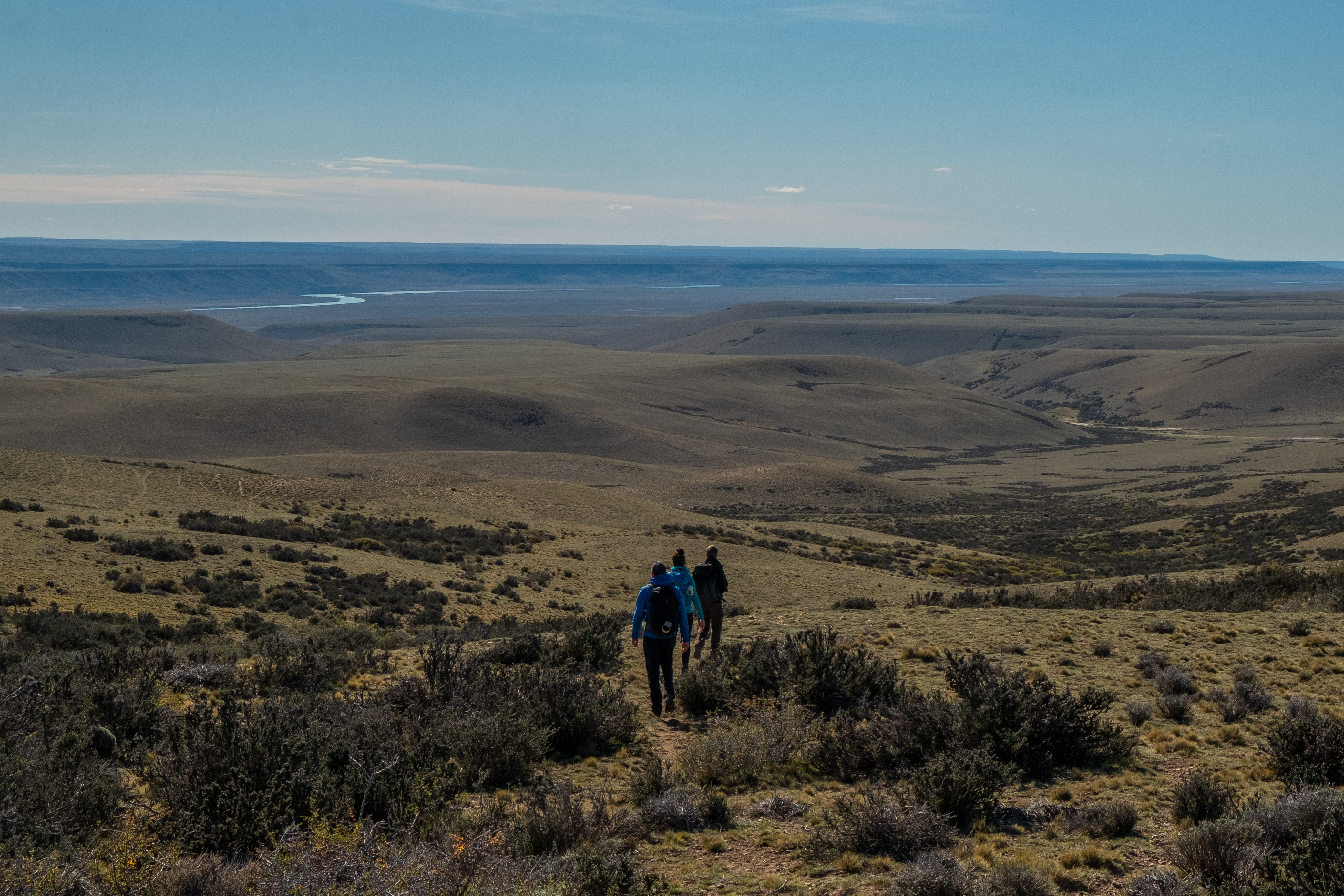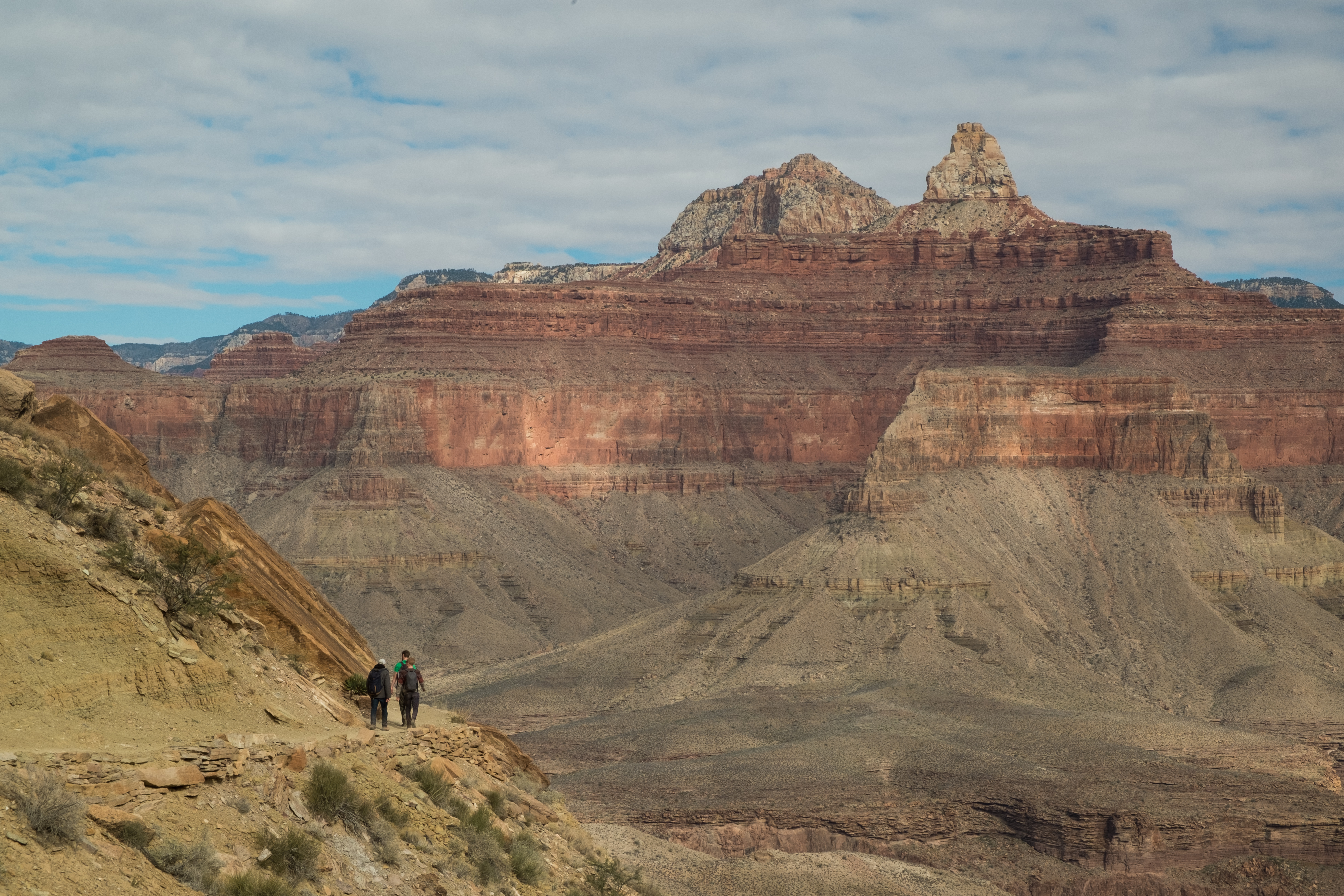
Responses of alluvial rivers to environmental change
Alluvial rivers are the primary way in which sediment is transported from eroding source areas to depositional sinks. They aggrade, incise and adjust their rates of sediment transport in response to changing environmental conditions. These processes can leave behind terraces along alluvial rivers and facies variations in sedimentary successions downstream. We are developing models and collecting field observations to build a coherent and quantitative understanding of this behaviour. Ultimately we hope to facilitate intepretation of these archives in terms of past environmental change. See
McNab et al. (2023) for a description of our modelling results.

Depths and temperatures of mantle melting
The eruption of magma at volcanic centres is one of the clearest surface expressions of mantle convection in Earth's dynamic interior. However, many questions remain regarding how and why mantle melting occurs where and when it does. Useful information can be obtained by calculating pressures and temperatures of melting from the geochemistry of volcanic rocks. We developed a Python package, called
meltPT, for the application of major-element thermobarometers and for comparison between their results and predictions of geothermal models. See
McNab and Ball (2023) for an overview of the software and a case study on Hawaiʻi, and
McNab et al. (2018) for an earlier application to Anatolia.



